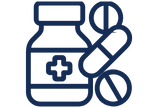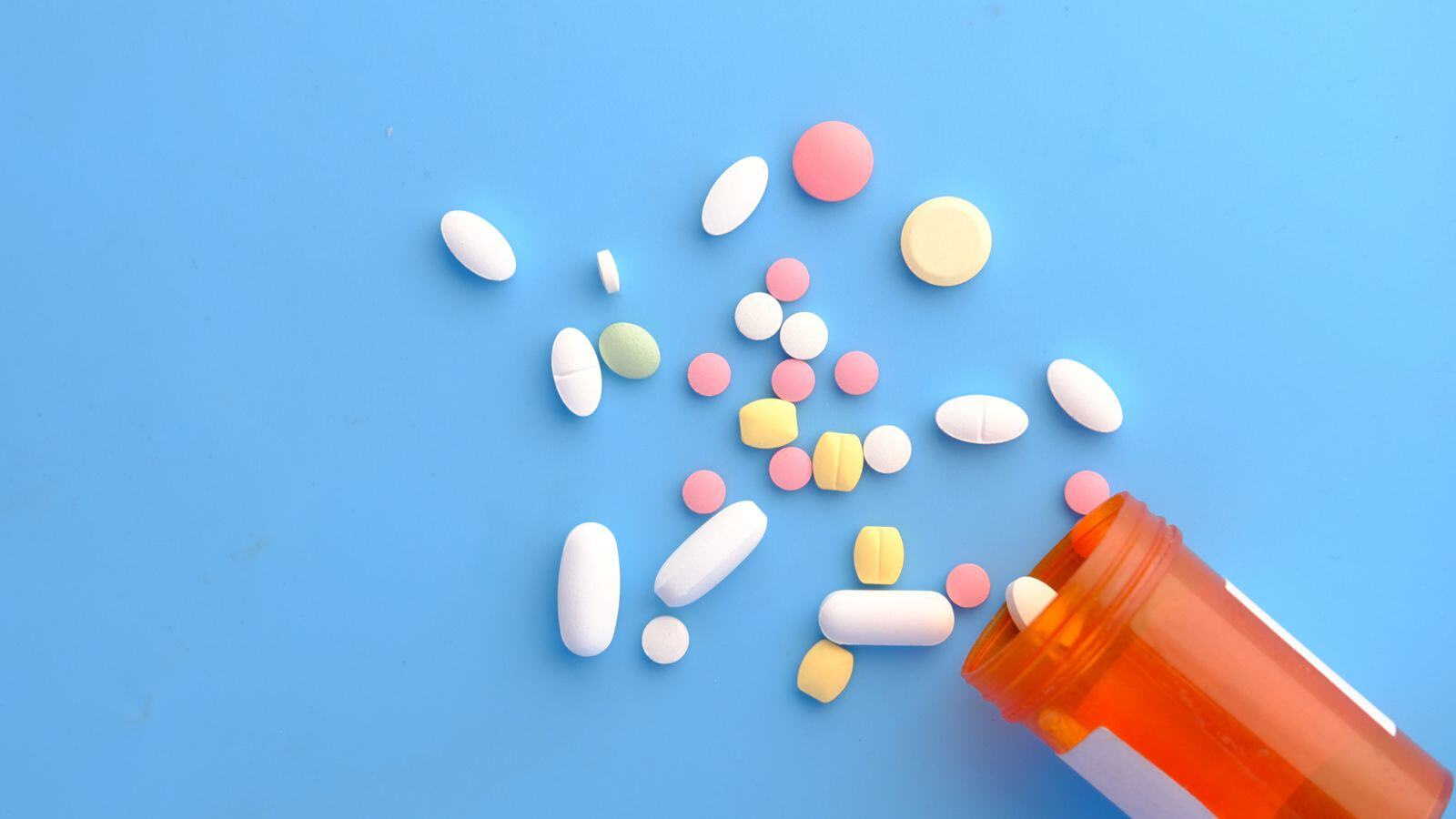Drug packaging and manufacturing materials may seem inert, but they can release chemicals that affect your product. These substances, identified through extractables and leachables (E&L) studies, can potentially migrate into the drug, impacting its safety, stability, and regulatory compliance. Therefore, E&L control is essential in pharma risk assessments.
What are extractables and leachables — and why should you care?
Extractables are compounds that can be intentionally released from a material of interest under laboratory conditions using aggressive solvents and exaggerated contact conditions, like strong solvents or high temperatures. These substances represent potential leachables, as they can migrate into the drug product under certain use conditions.
Leachables are the real-world counterpart: substances that migrate from a packaging or manufacturing material into the drug product under normal storage, handling and use conditions. Their identification and quantification are essential for ensuring product safety and regulatory compliance. They may chemically interact with drug products and potentially impact its quality, safety and efficacy
Assessing E&L is essential for three reasons: patient safety, product quality, and compliance. Some leachables may be toxic, irritating, or even carcinogenic. Others can interact with the active pharmaceutical ingredient (API), leading to degradation or altering sensory properties such as odor, color, or taste, potentially impacting the drug's stability and efficacy.
In addition, health authorities require that harmful substances be absent or below detectable thresholds, especially in high-risk dosage forms like injectables, ophthalmic, or inhaled drugs.
Different types of extractables and leachables to watch out for
Extractables and leachables can be classified into different categories based on their volatility and how likely they are to migrate under different conditions. Understanding these categories is essential for selecting appropriate analytical methods and anticipating potential risks.
1. Organic Impurities
These include a wide variety of chemicals derived from plastics, elastomers, coatings, adhesives, or inks used in packaging and processing materials. They are typically categorized by volatility:
1.1 Volatile Organic Compounds (VOCs)
These compounds have high vapor pressure and can easily evaporate. In pharmaceutical settings, VOCs may originate from residual solvents, free monomers, or external contamination. If released under specific temperature conditions, they can migrate into the drug or accumulate in cold spots of production equipment. VOCs pose inhalation toxicity risks and may affect product integrity.
1.2 Semi-Volatile Organic Compounds (SVOCs)
SVOCs fall between VOCs and non-volatiles. While less volatile, they may still migrate under heat or long-term storage. Common examples include plasticizers in PVC and medium-weight antioxidants. These substances are commonly found in flexible polymers and elastomers.
1.3 Non-Volatile Organic Compounds (NVOCs)
NVOCs have low vapor pressure and are unlikely to evaporate, but they can migrate through prolonged contact with the drug product, especially when the drug formulation acts as a solvent. This category includes high-molecular-weight antioxidants, oligomers, and polymer additives. Although more challenging to detect, they may leach over time and impact long-term product stability.
2. Inorganic Impurities
Inorganic extractables and leachables are typically metals and ions that may migrate from contact materials.
2.1 Elemental Impurities
Elemental impurities mainly include trace metals that can be unintentionally introduced during manufacturing, either from residual catalysts, pigments, stabilizers, equipment materials (such as stainless steel), or packaging components.
Even at very low concentrations, these elements can present relevant toxicity or interact chemically with the active pharmaceutical ingredient (API), potentially affecting its stability or safety profile.
The ICH Q3D guideline establishes strict Permitted Daily Exposure (PDE) limits for a defined set of elements, based on their toxicological profile and the route of administration. These limits ensure proper control of the risk associated with systemic exposure to potentially toxic metals.
2.2 Ionic Impurities
Ions like chloride, phosphate, nitrate, sodium, or potassium can come from raw materials or cleaning agents. While they are not always toxic on their own, they can affect the formulation's pH, osmolality, or ionic strength, and potentially lead to unwanted interactions with the API or excipients. For this reason, they are considered in the overall risk assessment, especially in sensitive formulations.
2.3 Degradation or Reaction By-Products
Degradation or reaction by-products are compounds that may form due to exposure of the API, excipients, or packaging materials to stress factors such as heat, radiation (e.g., gamma sterilization), or even through interaction with leachables.
Although they are not initially present in the formulation, they can appear over time and compromise product stability or safety, so they must be considered in the overall risk assessment. These compounds are particularly challenging to evaluate because they may not be identified in the extractables study.
In other words, they can originate from unforeseen transformations that are not represented in the extractables profile, requiring more targeted characterization during stability studies or in the analysis of the final product.
Conclusion: extractables and leachables matter for safety, quality, and compliance
If you're serious about safety, stability, and compliance, extractables and leachables can't be overlooked. They’re key to identifying hidden risks in packaging and process materials—before they impact your product or your patient.
QbD Group helps pharmaceutical and biotech companies design and implement robust E&L programs tailored to your product, process, and regulatory landscape. From risk assessments to lab testing and regulatory filing support — our experts help you ensure patient safety and stay audit-ready.







.png?width=109&height=108&name=Pharma%20(2).png)
.png?width=111&height=108&name=Medical%20Devices%20(2).png)
.png?width=84&height=107&name=IVD%20(2).png)

.png)




